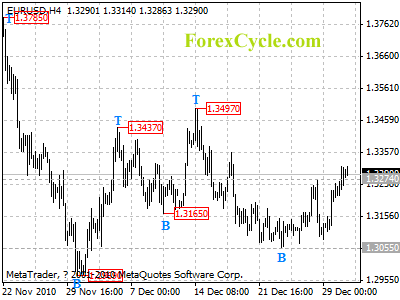Learn to Survive and Thrive with Knowledge of Socionomics and the Elliott Wave Principle
By Elliott Wave International
Have you ever noticed that much of the time, the forecasts for what’s going to happen next are quite often just more of what happened last? There’s no real insight, just “expect more of the same.”
That’s not how we view the world here at Elliott Wave International, where instead we study patterns of positive and negative mood to predict changes in the stock market, current events and other trends.
Pop culture trends are more than just “interesting” — analysis of social mood trends is part and parcel of Elliott Wave International’s technical approach, helping us anticipate changes that most people never see coming.
Prechter’s groundbreaking paper, “Pop Culture and the Stock Market,” first published in 1985, lays out the foundation for his contrarian analysis:
1) Popular art, fashion and mores are a reflection of the dominant public mood.
2) Because the stock market changes direction in step with these expressions of mood, it is probably another coincident register of the dominant public mood and changes in it
.
3) Because a substantial change in mood in a positive or negative direction foreshadows the character of what are generally considered to be historically important events, mood changes must be considered as possibly, if not probably, being the basic cause of ensuing events.Both a study of the stock market and a study of trends in popular attitudes support the conclusion that the movement of aggregate stock prices is a direct recording of mood and mood change within the investment community, and by extension, within the society at large.
It is clear that extremes in popular cultural trends coincide with extremes in stock prices, since they peak and trough coincidentally in their reflection of the popular mood.
The stock market is the best place to study mood change because it is the only field of mass behavior where specific, detailed, and voluminous numerical data exists. It was only with such data that R.N. Elliott was able to discover the Wave Principle, which reveals that mass mood changes are natural, rhythmic and precise.
The stock market is literally a drawing of how the scales of mass mood are tipping. A decline indicates an increasing ‘negative’ mood on balance, and an advance indicates an increasing ‘positive’ mood on balance.
The positive and negative events and trends of any given year paint a picture of society’s mood as a whole. Haven’t we seen enough conventional forecasting fail miserably (remember the 2007-2009 debacle?) to consider an alternative method?
This new year, resolve to look at the world in a different light, and learn to anticipate changes that will keep you ahead of the herd with an understanding of socionomics and the Elliott Wave Principle.
As we enter 2011, we are happy to offer Prechter’s “Popular Culture and the Stock Market” essay for FREE with your Club EWI sign-up. There is no obligation.When you join Club EWI to access the “Pop Culture” essay, you can also access dozens of other free resources to help you understand how the Elliott Wave Principle and socionomic insight can help your investment strategies.
This article was syndicated by Elliott Wave International and was originally published under the headline Keep Ahead of the Herd in 2011. EWI is the world’s largest market forecasting firm. Its staff of full-time analysts led by Chartered Market Technician Robert Prechter provides 24-hour-a-day market analysis to institutional and private investors around the world.



